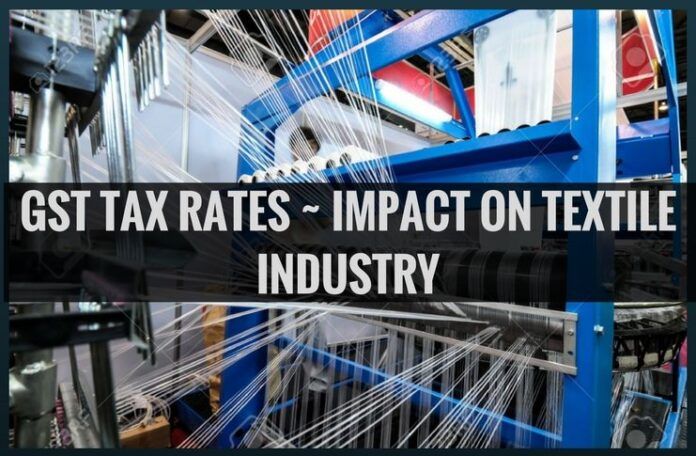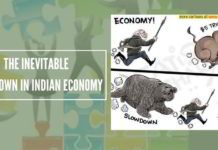
Impact of GST on Textile Industry
[dropcap color=”#008040″ boxed=”yes” boxed_radius=”8px” class=”” id=””]T[/dropcap]he GST (Goods and services tax) Council in its meeting dated 3 June 2017 finalised the tax rates for Textile Industry, among others. What it has inadvertently done is put the domestic Weaving industry in an adverse position so far as indirect taxation is concerned vis a vis competition, primarily from China.
The issue is inverted duty structure on Manmade Filament Yarn (input) at 18% versus Manmade Fabric (output) at 5% with no refund of Input Tax Credit (ITC) accumulation. This is in direct contradiction with clause (ii) of subsection (1) of Section 54 the CGST Act which allows for Refund of accumulated GST where the credit has accumulated on account of rate of tax on inputs being higher than the rate of tax on output supplies (other than nil rated or fully exempt supplies), except supplies of goods or services or both as may be notified by the Government on the recommendations of the GST Council.
This inverted duty structure means that there is a GST Cost of 13% (18% Input – 5% Output) at the stage of Weaving (manufacturing of Yarn into Fabric). This is against the principle of passing GST Cost to the end consumer.
Impact vis a vis imports
Import duty on Fabric under GST Regime will be
Basic Customs Duty 10%
IGST 5%
Total duty 15%
This represents a customs duty reduction of 11% vis a vis prior to GST Regime at 26% (10% Basic customs duty + 12% CVD in lieu of Central Excise + 4% CVD in lieu of Sales Tax).
Domestic Weaving industry is already reeling from the onslaught of imported Manmade Fabric, primarily from China.
You may refer to following news reports (prior to GST Regime).
1. Cheap Chinese fabric cripples Surat textile (http://toi.in/eqLSqa/a19ai)
2. MoS Textiles Ajay Tamta directs Textile Commissioner to collect data on Chinese Import (http://m.timesofindia.com/city/surat/textile-commissioner-told-to-collect-data-on-chinese-import/articleshow/57351315.cms)
3. India explores anti-subsidy duty on Chinese Fabric (http://m.timesofindia.com/city/surat/India-explores-anti-subsidy-duty-on-Chinese-fabrics/articleshow/52755759.cms )
Unless the inverted duty structure (higher GST rates on input vis a vis GST rates on output) is appropriately revised
(a) Reduce GST on Manmade Yarn to 5%, or
(b) Increase GST on Manmade Fabric to 18% (which consequently increases import duty on China Fabric without imposing a GST Cost on Weaving industry)
Indian Weaving and Textile industry will not be able to survive the onslaught of fabric imports from China and other countries.
Note:
1. Text in Blue points to additional data on the topic.
2. The views expressed here are those of the author and do not necessarily represent or reflect the views of PGurus.
- Social Security Payments : Tax or Savings - September 28, 2017
- India Uninc set for a giant leap post Demonetization & GST : A Contrarian opinion - September 3, 2017
- India Myanmar Strategic Economic Cooperation - September 1, 2017










